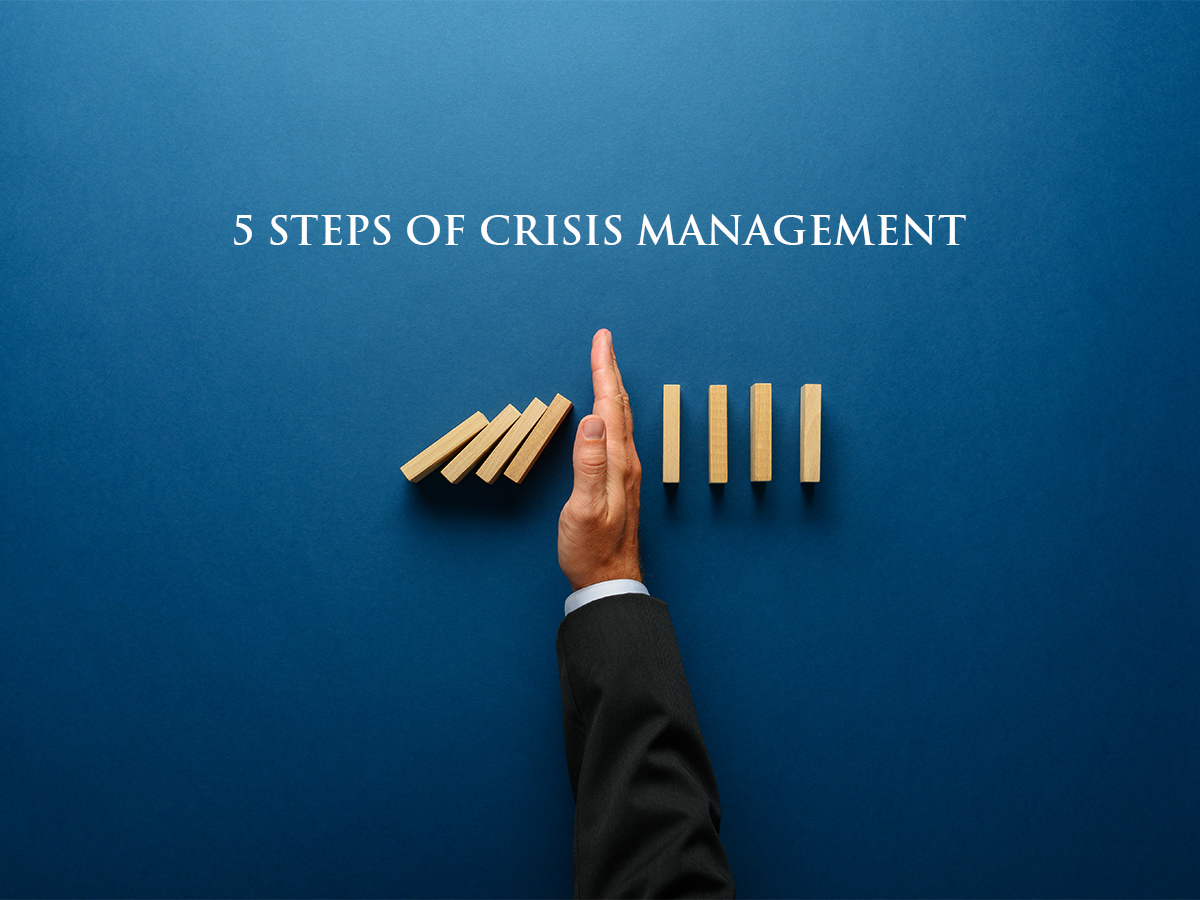
Crisis management is often described as steps or activities used by any business to counter act or respond in the face of a major crisis. While it is a relatively younger area of management, it is extremely crucial for the health and growth of businesses in today’s world. Given the pandemic and its unprecedented nature, crisis management is now top priority across sectors. It is known that the prediction, planning and forecasting of a crisis and how the business will deal with falls under crisis management, and the ones that emerge winners are businesses that predict a crisis much in advance and have an action plan.
According to data compiled by McKinsey & Company, the number of headlines which included the word “crisis” and the name of a Forbes top 100 company — and thus indicates corporate reputation risk — increased from an average of 130 headlines from 1990 to 1999 up to 1,030 headlines from 2010 to 2016. Enterprises are now dealing with crises on a more frequent basis, and the need for successful crisis management is high.
Regardless of the medium, the same principles apply to all good communication. Here are five effective ways for the successful management of any crisis:
Choose the right medium of communication
Remember that not everyone has a work email address, but most people have a mobile device and a laptop. Experts suggest that organisations should explore ways to push important notifications through a mobile app. This can be a great home for resources such as top tips for working from home, updates to health insurance policies and staff rotas for when key workers need to be at work. Once this is sorted out, appointing a well-trained and well-informed crisis spokesperson is important. The first step he/she will have to do is to communicate all the potential risks and crises to the concerned parties that would be the employers, the stakeholders, the public, the legal parties as well as the customers.
Anticipating helps
In the real term, this means that you know that each and every one of your steps, or missteps, may be leading you to a potential crisis. Every hire, every fire, every office gossip, every employee who is unsatisfied, every unpaid holiday, every HR blunder as well as any shouting matches you may have had with your junior resource may have been the step to that crisis you are so desperate to avoid (mentionlytics.com).
Before taking any step, always, always, think about its consequences. We all know that even the slightest data error, technical, financial or legal, may be just the leap towards the crisis. For example, bad publicity, accusations, and any other negative behavior that is usually taken lightly are actually the building blocks of crisis. Another thing that is often overlooked during crisis management is your cyber security. Security breaches and hacks, and leaks are often the spark that starts the blaze of a crisis. Most companies that are not in the IT field think it is alright to not have a dedicated IT department. This is their first mistake. Have an IT wing, and more importantly, have an up to date IT and network security to keep all your confidential information as well as business exchanges safe (Koster, M. C., & Politis-Norton, H. 2004)
Don’t use alarmist terminology
Always try not to make your communications always sound super urgent. There is nothing worse than panicking the team in an existing crisis situation. This is particularly true in a scenario like today where most people are not used to being remote from the workplace and can’t use the normal opportunity to chat with colleagues in-person.
You need to remember one of the golden rules of communication – listen, listen and listen some more. Effective communication is a two-way process, so the more you can make communication feel like a conversation, where each party has an equal part to play, the more natural, engaging and effective it will be.
Post-crisis analysis
After a crisis, it is important you look at a formal analysis of what was done well, what could be done better next time and how to improve various elements of your crisis response plan. As the crisis comes under control, a company should examine how effective their plan was during the crisis and the impact the incident has had on its employees, brand(s) and reputation (bbn-international.com). If any of those three have taken a hit, a company may need to take steps to address them.
Learn the lessons
It isn’t enough that you tackle a crisis, but learning the lessons from it too. Mitigating the negative connotations of your brand is only one aspect of a PR crisis strategy. You’ll need to take a deep-dive and reflect into any events or gaps within your organization that were negatively impacted by the crisis. By considering how certain events affected your organization, you will be better prepared to have an appropriate and timely response should another conflict arise.
So, follow these steps to ensure your organisation is prepared for any impending crisis.